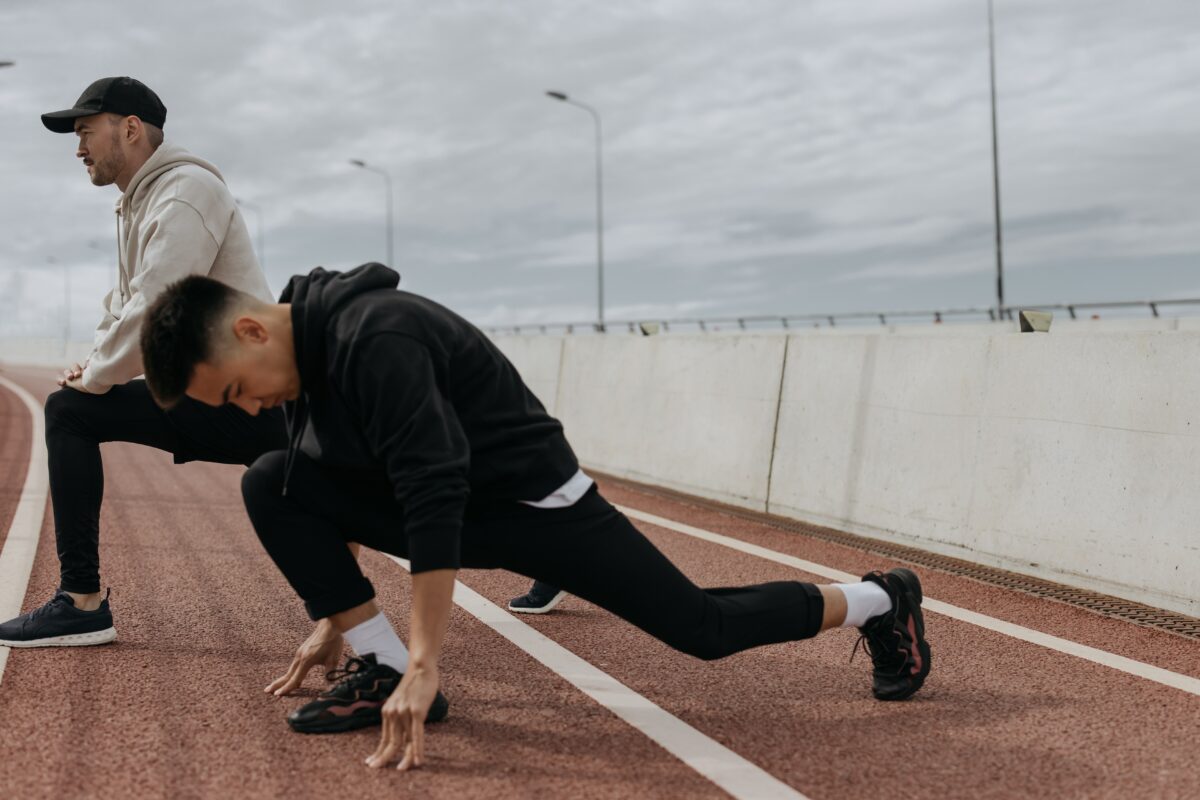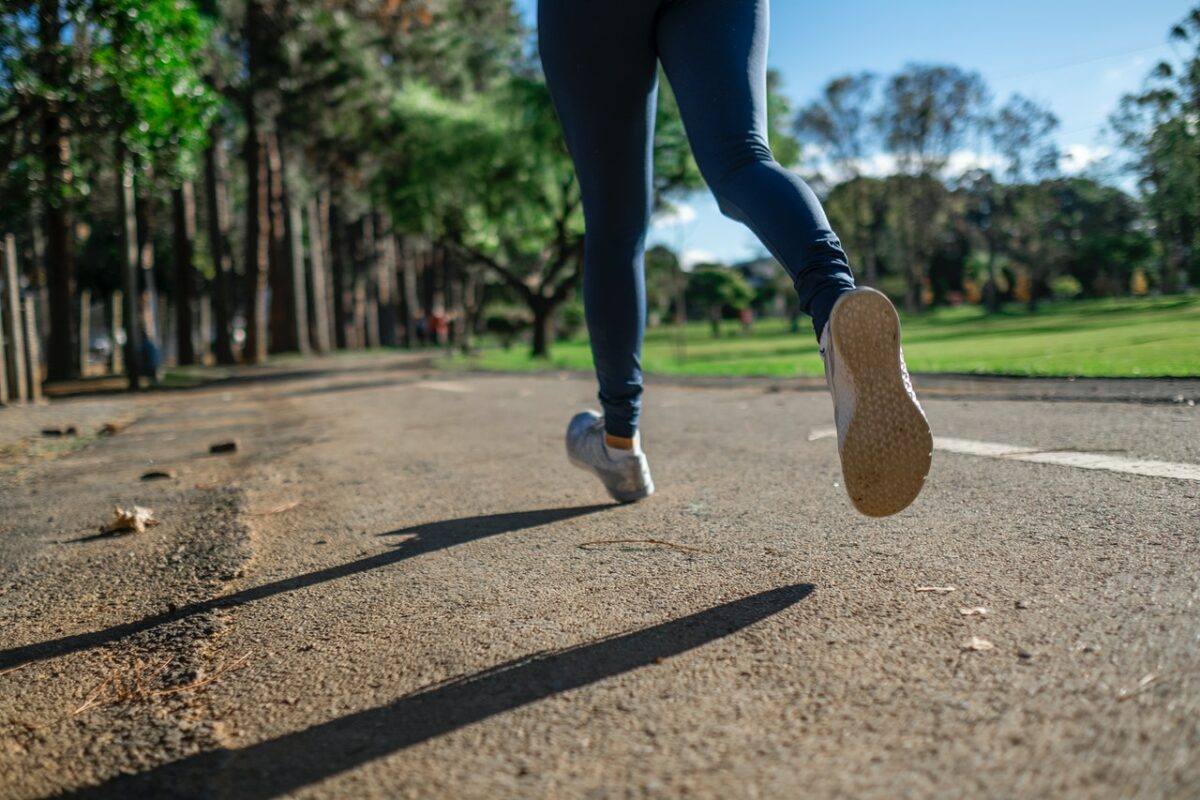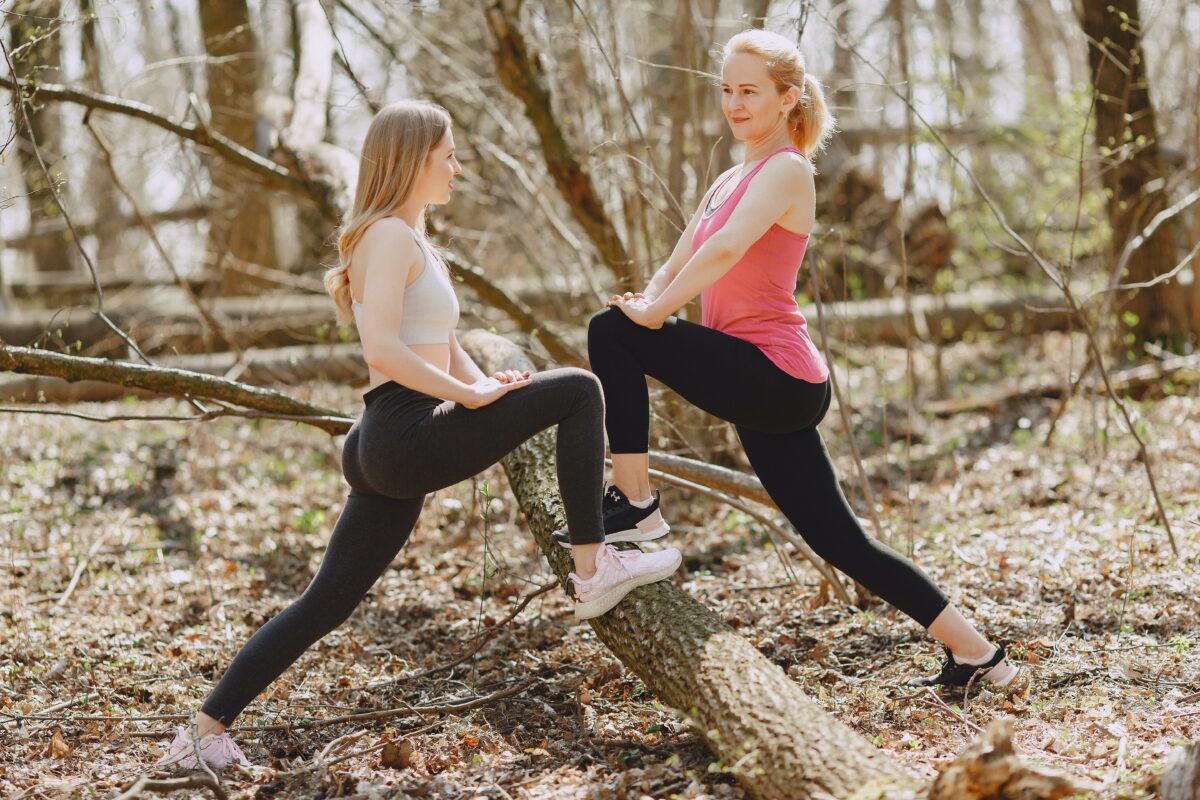
Many runners find warming up before a run a real chore, and would rather skip it altogether. But it’s vital if you want to train effectively as it reduces the risk of injury. You need to make it an established part of your training routine. Read on to find out the best way to prepare your body for your next run and which exercises are the most suitable.
Why is warming up before running so important?
A good warm-up prepares your body for the upcoming run – getting both your bloodstream and muscles and joints ready to move. Think about it this way: if you sprint right after a nap on the couch, without getting going first, the risk of injury is relatively high and you won’t give your best performance. Your body needs to boot up first, and get to working temperature before it is really capable of performing.
That’s certainly the case with running. Warming up increases your heart rate which boosts circulation. This in turn stimulates the metabolism and blood flow, while at the same time increasing the strain and mobility of the muscles.
The aim of warming up is to prepare your whole body for the imminent strain, which then reduces the risk of injury.
How should I warm up before running?
There are some runs where you do not need an exhaustive/extensive warm-up – a couple of minutes is all it takes. We’re going to suggest a few dynamic warm-up exercises which you can use to quickly and easily prepare your body for the training you’re about to do! To join in, just scroll down to the dynamic warm-up exercises.

3 dynamic exercises for your warm-up
For the best possible warm-up, there are different exercises that train or activate the muscles that are important and put under strain when going on a run. We’ve found three dynamic exercises for you:
- Shoulders and arms: It might seem strange, but even when running, it’s important to warm up the upper body so that it isn’t quickly overstrained. Arm circles are a great way to relax the shoulders and arms. The bigger the circles you make, the better prepared your arms are for arm movements when jogging. Make circles with first one arm and then the other, going forwards and then backwards six times with each arm.
- Hips: To mobilize the hip joints, stretch your arms up as you take a deep breath in. At the same time, lift your right leg horizontally and lower it again. Repeat this exercise 15 to 20 times. Then change leg.
- Thigh: To activate the back of the thigh, start by standing with your legs hip-width apart. Then stretch one leg forwards and upwards, alternating between them. This is a great stretch for the legs. It’s important not to use your full movement radius, as otherwise you increase the risk of injury. Do 10 to 15 lifts with each leg.
As well as the dynamic exercises, you should also do various stretches, as this improves mobility and can prevent sore muscles. You can include this in your training any way you like, either by doing pre-stretches in a warm-up or stretching as part of the cooldown.
Important: During the warm-up, pay attention to your body and its signals. If you are slower to get going one day, spend longer on the warm-up phase. If you something aches during the warm-up, it’s best to stop and get a professional to take a look.

Do you need to stretch before each run?
It’s a good idea to properly stretch both for the warm-up and the cooldown because most people don’t really differentiate between static and dynamic stretching. Static stretching frequently happens after a training session, while dynamic stretching is best before a running session.
Our tip: After breaking things in briefly (approx. 15 minutes), it’s best to stretch the following muscle groups
- Lower calf
- Upper calf
- Front of the thigh
- Back of the thigh
- Adductors
How long should the warm-up last?
If you’re preparing your body for physical activity, you’re probably wondering how long the warm-up should last?
That depends entirely on your planned training session and how intense it is. If you only want to go on a relaxed run, it’s absolutely fine to jog for 5-10 minutes first. A light warm-up combined with a few stretches is enough, as the warm-up and stretching are the perfect combination for your training.
However, if you want to go on a more strenuous run, you should spend more time warming up. In this case, 15-20 minutes is ideal.
What happens to your body during the warm-up?
Warm-up exercises wake up your body and get it to its working temperature, no matter what the weather. The blood starts flowing and your body temperature rises by 1-2 degrees as your body prepares for the strain.
Your heart also starts to beat faster to increase the blood flow and supply the muscles with enough oxygen and nutrients. But warming up isn’t purely physical. You also begin to mentally separate yourself from the daily routine and concentrate on your training session.
So, we’ve seen just how important it is for runners to warm up. Never skip the warm-up. It’s better to spend a few more minutes on training than risk a serious injury – that’s our motto.
Plan for 5 to 10 minutes to get your body into gear.
Have fun on your next run! 😊
Image sources: pexels-cottonbro-studio-5319377, pexels-daniel-reche-3601094, pexels-gustavo-fring-4148955